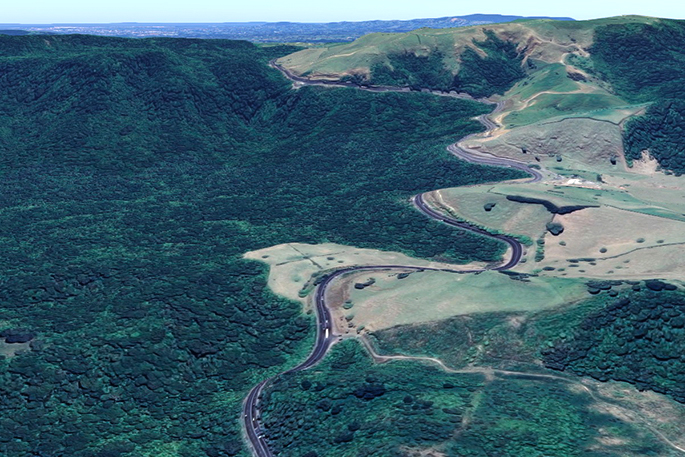Provisional positive test results have detected the pathogen responsible for kauri disease – on a track near the Wharawhara entrance of Kaimai Mamaku Conservation Park, near Tauranga.
The disease is named Pytophthora agathidica, also known as PA.
“This means some tracks and forest will be closing immediately,” says a Department of Conservation spokesperson.
“The test results, found as part of soil sampling on the track, were unexpected and are significant as PA has previously been undetected in the Kaimai Mamaku ranges.”
“We are working with iwi to support a rāhui with formal track and forest closures. The closures will allow us time to conduct further testing in the area and to make informed decisions for what might happen next.”
“By restricting access, we are trying to limit any further spread of the pathogen that causes the disease, which is carried on as little as a pinhead of soil.
“We understand how special it is to have Rakau Rangatira such as kauri within the rohe, we all have a role to play in protecting these special giants. Together with Iwi and local communities we are committed to doing what we must to limit further spread of the pathogen – an all-hands-on deck approach to respect the rāhui will be key as we navigate forward over the next while” says Jade Kinghazel, Operations Director, Eastern North Island.
“A review on the closures will be made after 10 weeks, September 29,” says the DOC spokesperson.
“The rāhui and closure will allow DOC time to put together an investigation plan and conduct testing in the area to further understand the potential spread of the disease and the risk it presents to kauri within the wider Kaimai landscape.
“This will inform whether greater mitigation protection measures are needed. At this stage there are no other known positive sites within the Kaimai Mamaku Conservation Park.
“The samples were collected as part of a targeted 4-year soil sampling programme led by DOC. Targeted soil sampling has been focused on testing the kauri track mitigations and hygiene measures in place to prevent the spread of PA.
“Once claimed to be the ‘most diverse forest ever encountered’ by forest research surveyors, the Kaimai marks the northern limit of plants such as kamahi, alpine flora, red beech and silver beech, and the southern limit of kauri. This combination of plants makes the forest unique and highly valued for its eco-system diversity.”
The tracks and areas closed from 21 July are:
- Waitengaue Track
- Waitengaue to Upper Waitawheta Track
- Upper Waitawheta Track
- Lindemann to Cashmore’s Clearing Track
- Lindemann Loop Track
- Wharawhara Tramway Track
- North-South Track to Waiorongomai
- Te Rereatukahia Hut Track
- Wharawhara Link Track
- North-South Track (Rereatukahia to Tuahu)
- Tuahu Track (east)
- Tuahu Kauri Loop Track
- North-South Track (Tuahu to Thompsons Track)
- Sentinel Rock Lookout Track
- Eliza Mine Loop Track to Thompsons



0 comments
Leave a Comment
You must be logged in to make a comment.